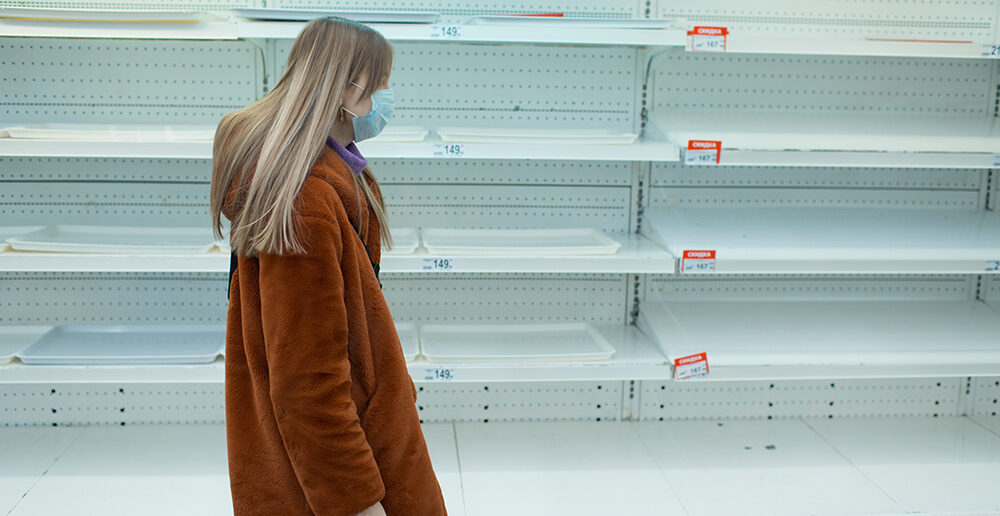(Natural News) There were problems with food supply since well before the COVID pandemic and subsequent economy-killing state lockdowns, yet those earlier issues seem to get forgotten as we see so many reports and signs that things are about to get much worse.
(Article by Susan Duclos republished from AllNewsPipeline.com)
Lets take a moment to remind ourselves of those issues.
QUICK FLASHBACK
In 2019 there was the mid-west flooding, which reports at the time asserted the ramifications of which would last for years. That affected corn and soy crops. Ranchers also suffered the loss of their livestock, which indicated upcoming meat shortages and price spikes.
Then came the early freeze, which further affected the new corn crops that were planted late because of the flooding, as well as U.S. potato crops.
PANDEMIC SHORTAGES
Those earlier problems are something we rarely see spoken of anymore because the state lockdowns of 2020 and 2021 caused massive shortages of a number of products, first from panic shopping by MSM followers that had no idea what was coming until it was too late.
Cleaning supplies, sanitizers, masks, and toilet paper started seeing signs that limited the sale to (X) amount per person on store shelves.
Food because a serious issue as the closing of what state leaders deem “non-essential” businesses, which in turn shut down the large sized orders of meats and other foods as schools, diners, restaurants and other establishment that regularly ordered, no longer could.
Farmers were forced to destroy their own crops because they did not have any place to offload or sell their products, as ranchers euthanized millions of farm animals because they too had no one to process or buy them.
As stores stopped limiting certain purchases, we have seen the consequences of the previous problems in a variety of ways.
Lack of Choice: Many companies suspended the manufacturing of some of their products, leaving their brand limited in choice and/or selection. In other words some foods like pasta, would only offer a limited amount of the most popular cuts or shapes, while stopping production of others.
Dry pasta was one of the first grocery categories to see a huge jump in demand, which started as early as February, according to an article published by Slate Magazine in May. Carl Zuanelli, chairman of the National Pasta Association and CEO of Nuovo Pasta, told Slate that pasta producers had to increase their output by roughly 30% in order to keep grocery shelves stocked. Because of the huge increase in demand, they’ve had to make the type of Sophie’s choice that befell most large food producers: temporarily retiring the production of less popular and more complicated products in order to pave the way for increased production of spaghetti and elbow macaroni.
Might be a good time to learn how to make your own pasta.
KitchenAid KPDR Pasta Drying Rack Attachment, 1, Silver
Or just stock up on pasta cuts and shapes of your choice.
Continue: Naturalnews.com






Leave a Reply